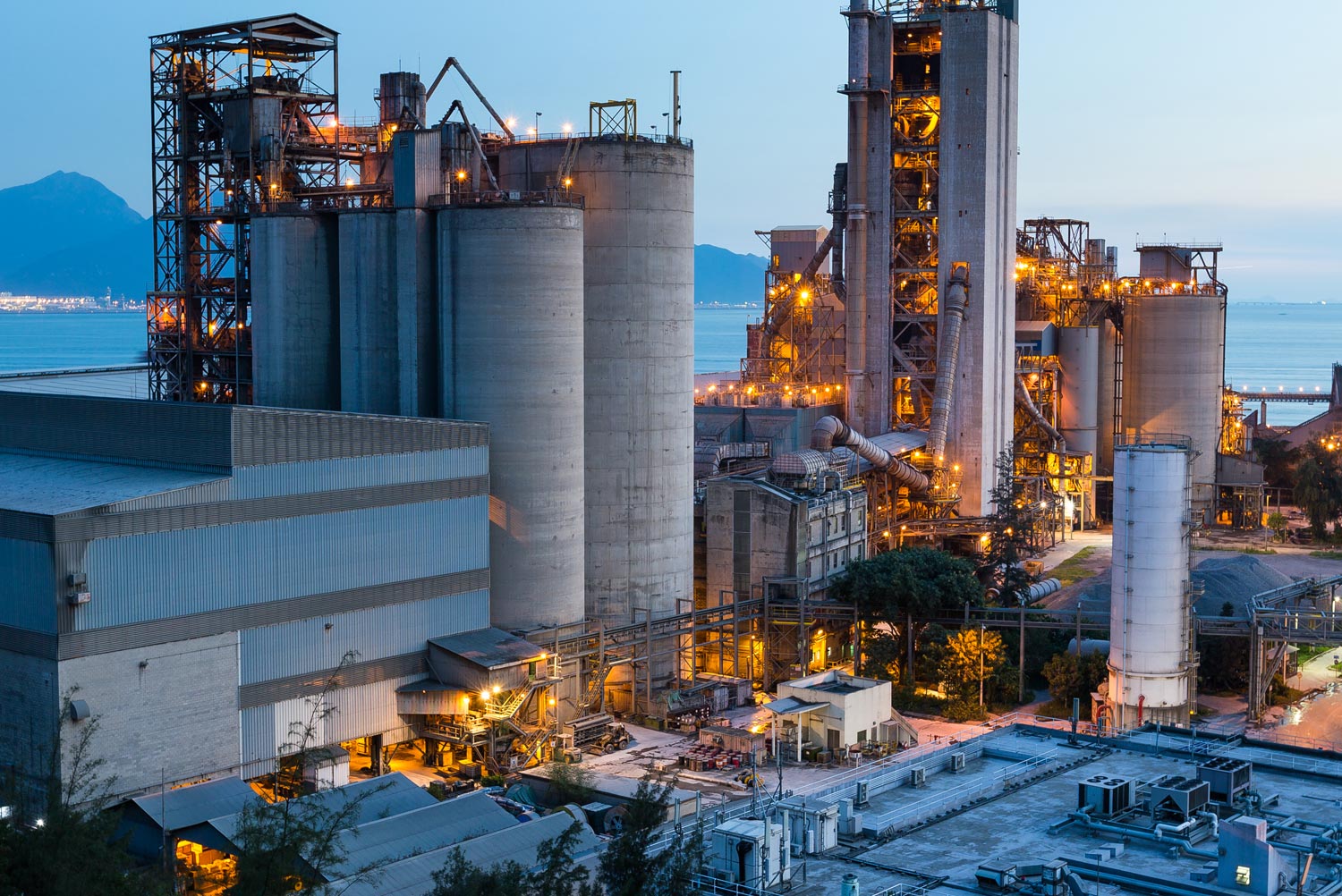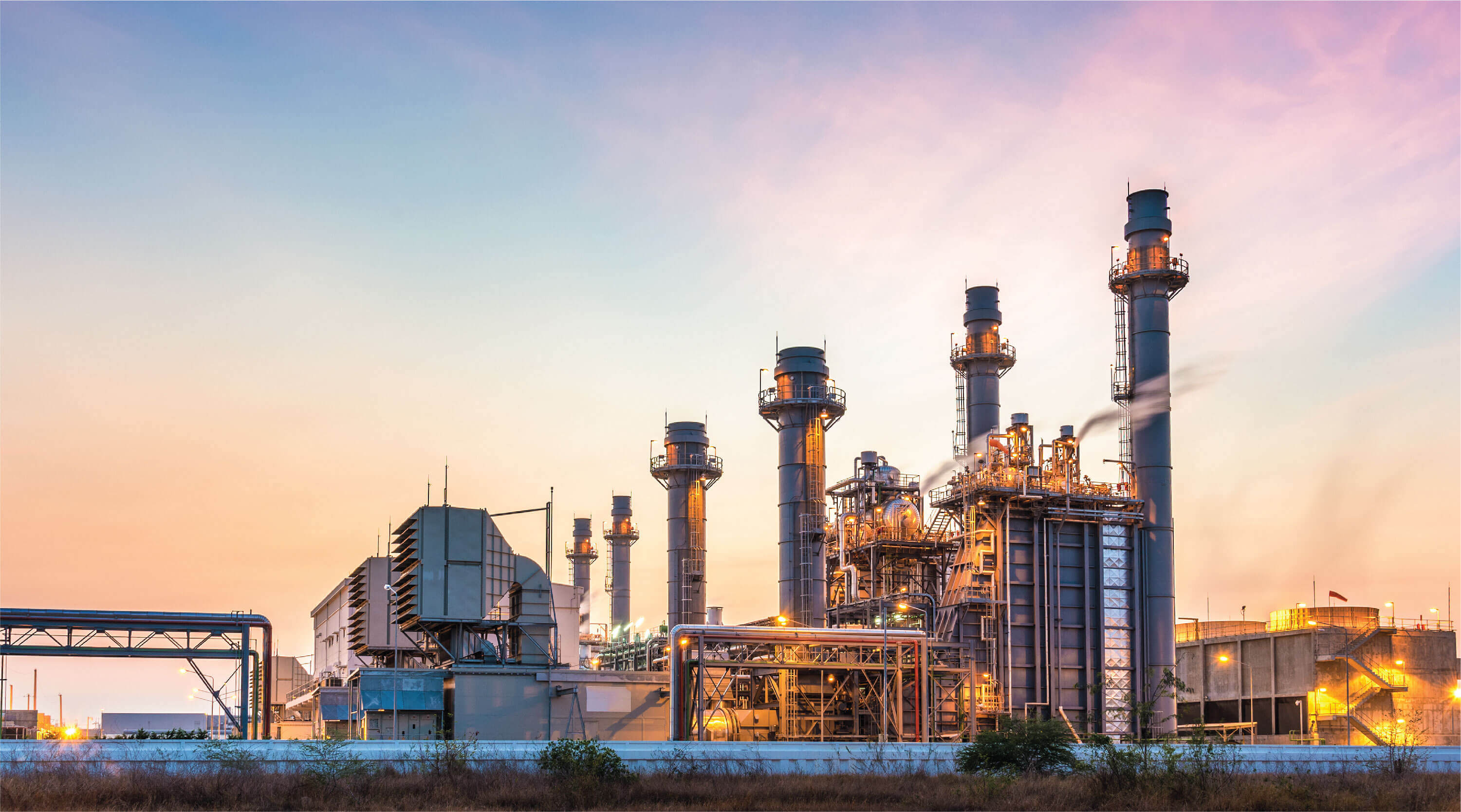
Properties of fluoropolymers are unequalled. They are practically unaffected by nearly all Chemicals, Acids, Alkalis and Petrochemicals. Certain of them also have very low co efficient of friction. After wet ice to wet ice, PTFE has the least co efficient of friction, that is known to the mankind.
As far as the ASTM standard specification D3418 is concerned, PTFE / PFA is a perfluoroalkoxy resin that matches this standard. The combination of PTFE / PFA is to make the processing easy of conventional thermoplastics with properties same as those of PTFE (Poly Tetra Fluoro Ethylene). They have high melt power, stability at excessive processing temperatures and can resist excessive service temperature.
PTFE / PFA resin gives the higher ranking properties, typical of the fluoropolymers, retention of properties after service at 260*C (500*F) and chemical inertness to all most all industrial chemicals and solvents. The factors of Dielectric constant and dissipation factors are reasonably low. End products of PTFE / PFA are highly suitable for chemical lining for valves, pipes and fittings.
The ASTM Standard Specifications for FEP Fluorocarbon Molding and Extrusion Materials under ASTM Designation D 2116-95a are met by PTFE / FEP fluorinated ethylene propylene resin. Coating, Melt Extrusion, Impregnating etc. are the applications of resins.
PTFE FEP’s end products are known about their superb chemical resistance, high precision electrical properties and high level service temperatures of up to 200*C (400*F). To add to this PTFE / FEP gives excellent low temperature toughness and a peculiar flame resistance.
Properties of fluoropolymers are unequalled. They are practically unaffected by nearly all Chemicals, Acids, Alkalis and Petrochemicals. Certain of them also have very low co efficient of friction. After wet ice to wet ice, PTFE has the least co efficient of friction, that is known to the mankind.
The excessive melt strength and draw-down feature makes it easy the use of big dies and draw-down tooling to rise production rates. The equipment should be made of corrosion-resistant metals, which is in contact with liquid resin.
To give reasonable occupancy time at excessive production rates to melt these high temperature polymers bigger length-over-diameter extruder barrels are to be used.

4Matic © 2014 -21 | All Rights Reserved
DESIGN BY WEBPLUS